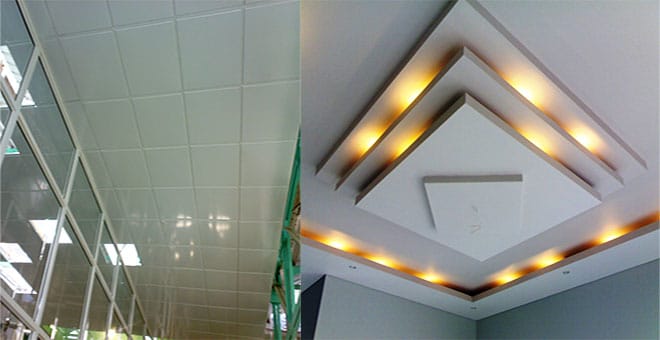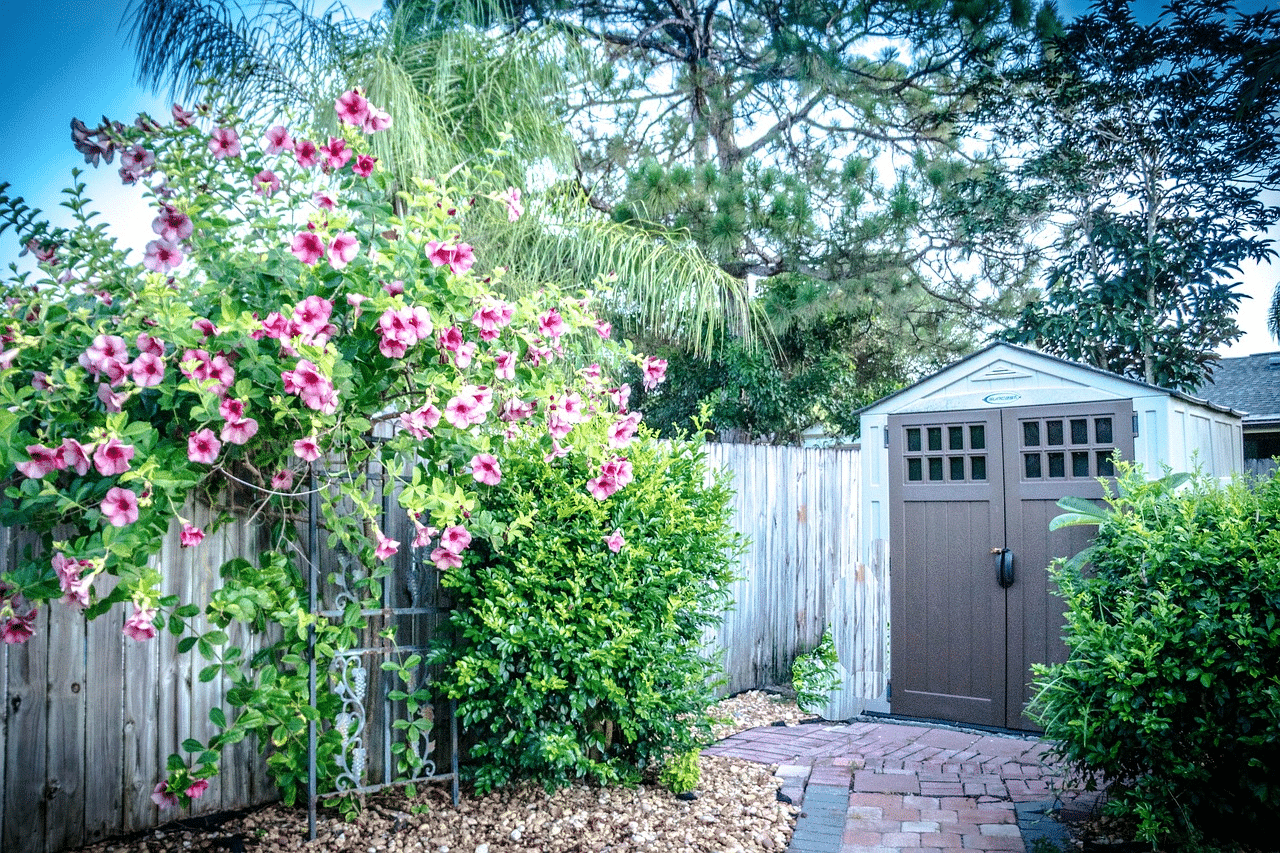How to Effectively Maintain Your Home Plumbing System
Every homeowner desires a plumbing system that works as it should. However, this isn’t always the case, as many households still have plumbing problems. The best way to ensure a perfectly working plumbing system is to learn some crucial preventative and maintenance tips. Below, we share some of these tips to help you maintain your plumbing system like a pro.
Be Careful What You Flush Down the Toilet
Effective maintenance of a plumbing system starts with checking what goes into it. Flashing plastic bags, hair, food waste, or grease down the drain can harm the system’s performance. Even when you think the waste is flashable, if it’s not biodegradable, it could solidify with other wastes to form solid masses and clog your drain.
Only allow toilet paper and human waste into your toilet, and keep any other solid dumps out. If you suspect an accumulation of solid masses in your drain, call a professional plumber immediately to help clear the drain.
Be On the Lookout for General Leaks
With an extensive plumbing system snaking throughout your home, leaks can sometimes catch you unawares. Spotting a leakage early can help prevent expensive repairs, minimize costs, and save you from inconveniences.
If your water pressure suddenly lowers or you realize an increase in your water bill without increased usage, you could be having leaks in your plumbing system.
Some leakages can be complex challenges to handle, while others, like fixing a leaky faucet, are easy DIY fixes you can handle yourself. If you’re unsure how to handle one, it’s best to call a plumber as soon as possible for effective repair.
Test for Toilet Tank Leaks
Your toilet tanks could leak in the background without you noticing, wasting water and skyrocketing your bills. You can test it by adding brightly colored food coloring into the tank and waiting for about an hour or so. If you notice the colored water in your toilet bowl, you need to change the tank’s ball to prevent water from seeping into the toilet bowl.
Since leaking toilets can waste up to 180 gallons of water per day, there’s a need to continually check your toilet tanks to ensure they’re working perfectly. If you already know how to change the ball yourself, you can pre-buy a few and keep them at home for when a change is needed.
Maintain Clear Drains
When water starts going down the drain much slower, you might have a slight clogging problem. You must resist the temptation to use chemical cleaners, which contain acids that corrode your pipes and destroy your toilet. Instead, you can use homemade cleaning solutions such as a mixture of vinegar, baking soda and hot water.
Alternatively, you can use an enzyme cleaner from your local hardware store to unclog your drains. You can use either of these methods once a month or anytime there’s a problem with water drainage.
If these clogs are left to pile for a long time, they become even more challenging to remove. You should call an experienced plumber to help with a drainage issue, especially after you’ve tried these methods without success.
Monitor Your Home’s Water Pressure
Most residential plumbing systems operate optimally at 40-50 psi water pressure. If your water pressure is lower than this, you could have a leak in your system that needs sealing as soon as possible.
On the other hand, high water pressure can strain your plumbing system, weakening pump joints and making them more likely to burst. This could cause a loss of huge amounts of water and related damages.
To keep everything in check, consider buying a water pressure gauge to test and improve your home’s water pressure occasionally. This way, you can tell early when there are changes in pressure and liaise with the best, nearest plumbing services for prompt solutions.
Inspect Your Home’s Sewer Drains
Besides maintaining a clear in-house drainage system, it’s important to work on the external sewer drainage system as well. You won’t have to open the entire septic system or sewer line to inspect it; just a few practical inspections visible to the untrained eye.
Many residential homes are either connected to a sewer line or septic tank. When inspecting, you’ll have to trace your system to where it connects to the city’s main line or septic treatment system next to your home.
If you notice anything unusual, like a visible, protruding pipe or clogs near the depositing end, it’s a sign that some maintenance work needs to be done.
Flush the Water Heater
All the work a water heater does to avail hot bathing and washing water comes with disadvantages. A significant collection of mineral deposits accumulates in the tank, which could corrode the interior walls of your tank. Occasional flushing is necessary, especially if you’re using hard water. Doing it twice yearly can save you the cost of repairing or replacing spoilt water heaters.
Keeping your home plumbing system in perfect shape all year is crucial for optimal performance. Since you rely on this system for healthy living, it’s important to invest in its performance and health. Call a plumber anytime there’s something too complicated to handle alone.







